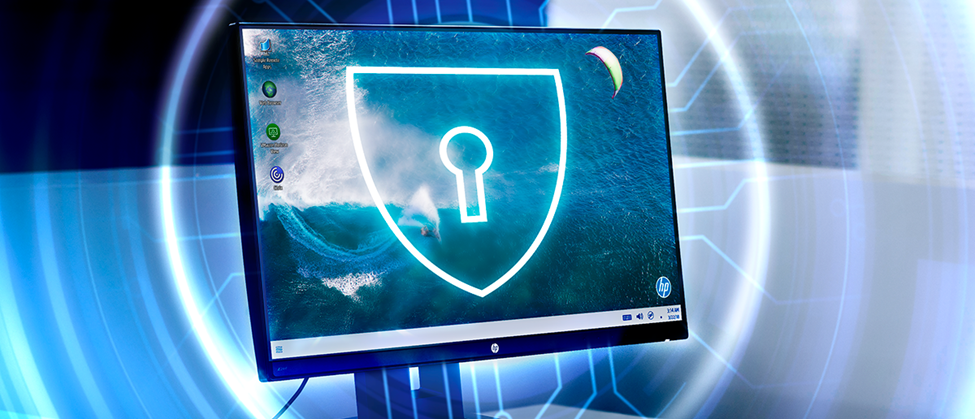With an enormous increase in phishing scams, malware attacks, ransomware schemes, and serious data breaches, the past two years have demonstrated that a strong cybersecurity system is essential for K-12 schools just as much as it is for corporations. The lack of adequate protection can be extremely disruptive and costly: from completely shutting down school operations to exposing students’ personal records, to costing millions of taxpayer dollars to pay ransoms.
While most students are back to in-person instruction, cybersecurity threats are not expected to decrease; hackers have identified schools as “low hanging fruit” and an easy target for making quick money. After an attack in January, schools in Albuquerque are implementing “cybersecurity snow days” at the end of the school year to make up for the time that students missed class while systems were down. The Federal government recognizes the potential for cyberattacks to derail schools both operationally and financially and adopted a bill in October 2021 to strengthen K-12 cybersecurity measures. Given the landscape we find ourselves in, it is inarguable that schools need to invest in strong cybersecurity measures—from the network level to the password. Below are three essential elements to protecting your classrooms from cyberattacks.
Educate Your Users
Decking every student out with a laptop or tablet for 1:1 education may help with making their lessons more personalized and focused, but also exponentially increases the number of endpoint devices that could cause a catastrophic security breach. It is essential that all teachers and students be taught how to minimize the potential for cyberattacks: from teaching them how to recognize suspicious links and websites, to teaching them to set strong passwords and update them regularly. The best strategies include educating users to take responsibility for keeping things secure.
Many districts are adopting zero-trust policies: a mindset that assumes all users and devices could cause a security threat at any point. With this attitude comes more vigilance and awareness around using devices carefully, including features like built-in security access points, check-ins for every user on the network, and multifactor authentication (MFA) like a series of security questions or codes. A zero-trust approach helps make districts a harder target for cybercriminals, and is a great tool to consider when building an overall security strategy for a school district.
Stay On Top of Maintenance
Some schools have made the mistake of assuming that security is a one-and-done project, but ideally schools are budgeting and planning for regular updates, scans, and expert support every school year and every time new devices are purchased. Endpoint security can be a daunting task as it requires routine scans and cleans, password changes, and software updates for every laptop and tablet. Strengthening perimeter security of the school’s or district’s network requires more of the same attention and care.
This sort of routine maintenance can be a lot for a school’s IT manager to handle, which is why it is worth bringing in an outside expert to make sure nothing falls through the cracks. IT service providers that specialize in lifecycle management are ideal partners, as they have the expertise to maintain security updates from the network to the laptop. Finding a service provider who can do it all is a further benefit to school budgets, as costs will be more predictable and routine, rather than sudden and unexpected after a crisis like a security breach or network crash.
Get the Right Devices
It can end up being very expensive to purchase the wrong devices for your students. You may end up with cheap and unreliable laptops that you have to regularly pull and repair, or with laptops that have poor security features and lead to a hack that costs millions. Before spending precious budget dollars on a new fleet of classroom devices, any district should consider:
- Durability: Look for devices with the memory capacity, battery life, and sturdy construction to handle classroom wear-and-tear.
- Efficiency: Choose devices that won’t waste classroom time. Devices that are user-friendly with solid processing power, while also capable of running their own scans and updates will save time for teachers, students, and school IT managers.
- Security: Make security features a priority. Invest in devices that bolster security rather than taking away from it.
HP offers a variety of devices that have taken these considerations into account. HP devices are equipped with industry-leading security measures through their HP Wolf Security system. Wolf Security protects K-12 devices from hardware, software, and network attacks through self-healing firmware, in-memory breach detection, and threat containment via isolation. HP Wolf Security applies zero-trust principles to endpoint security to stop even the undetectable threats automatically, not requiring any action from users that could lead to mistakes.
HP Wolf Security begins at the hardware level, with a security module that sits separate from the motherboard and monitors security vulnerabilities on computers in real-time. Through HP Sure Click, a micro-VM feature opens files and websites in isolated virtual containers so that corrupt files are destroyed without infecting the rest of your computer or accessing your files. Wolf Security software includes self-healing firmware and in-memory breach detection, to make recovering from a breach seamless and automatic.
Partner With Virtucom
At Virtucom, we’re built to power Edtech in a changing world. We offer tailored learning solutions designed to meet your needs every step of the way, regardless of your budget. Our cybersecurity solutions offer safe and effective tools for protecting your sensitive data and ensuring that your classrooms run smoothly. We are proud to partner with HP to provide you with devices that are optimized and secured to meet your K-12 needs and goals. Contact us today to learn more about Virtucom can help you protect your classrooms.

